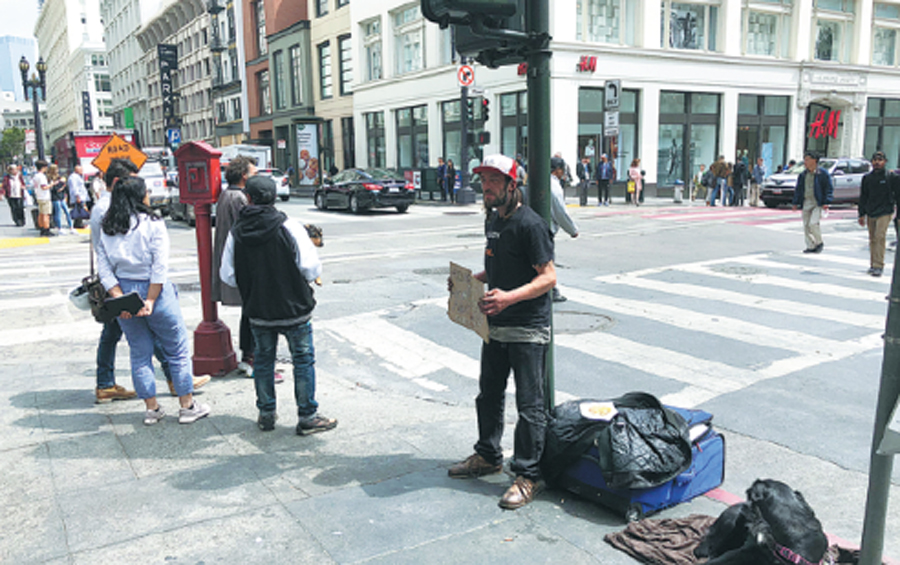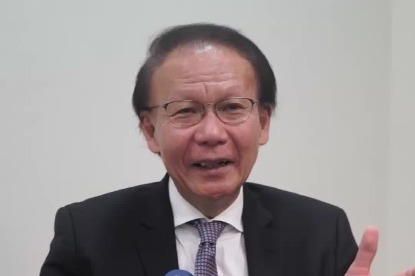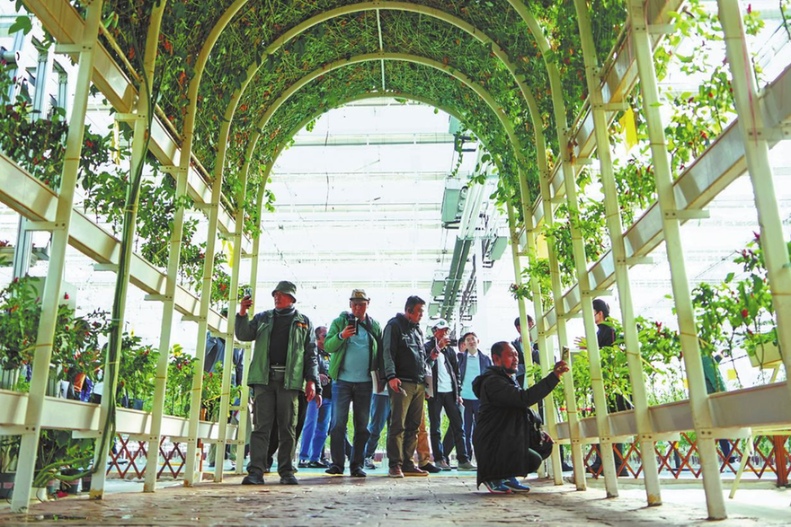San Francisco tackles crisis on the streets


The funds will be used to create 430 new permanent supportive housing units, fund the operation of a new Navigation Center for Transitional Age Youth, create rapid rehousing programs and two new access points to connect families and residents struggling with homelessness with support and services.
A new 50-unit permanent supportive housing building "Minna Lee" was opened on Aug 22 in the South of Market neighborhood for formerly chronically homeless individuals. The neighborhood was home to large encampments until the city's recent crackdown on those camps.
"We have removed 40 encampments in the city. We take two-thirds of the people we encounter to shelters," said Jeff Kositsky, director of the San Francisco Department of Homelessness and Supportive Housing. "My people are still working with 90 people in Embarcadero. They only show up at night," he said.
One of the most pressing challenges and solutions for reducing the homeless population in cities across the country is eliminating barriers to treatment for people with serious mental illness, said Snook.
People with untreated serious mental illnesses, like schizophrenia or bipolar disorder, comprise an estimated one-third of the total homeless population in the United States, according to the organization's research.
"California's laws have prevented the most severely ill from getting care until they are literally at death's door," said Snook. "Recognizing that these people are in need of help and, changing conservatorship laws to facilitate treatment is an appropriate step."
Snook's organization worked with California Senator Scott Wiener on a state Senate bill to try to get those with the most serious issues off the streets.
The bill, expected to pass this month, authorizes San Francisco and Los Angeles to take custody of chronically homeless people who suffer from mental illness and substance abuse and can't care for themselves. The conservatorship, which would require supportive housing with wraparound services, would end after a year.
"I am often asked why we can't see homelessness decreasing in the city after hundreds of millions of dollars are spent," said Lew.
Seventy percent of the budget goes to the supportive housing, and 20 percent is used for shelters, so very little of that money goes to acquiring new land and building new housing, Lew explained.
To seek solutions to San Francisco's homelessness, Coalition on Homelessness launched a campaign "Our City, Our Home". The measure, which will be placed on the November ballot, aims to raise about $300 million from an average 0.5 percent gross receipts tax on business revenue in excess of $50 million annually.
The money would be used to fund programs to provide current and former homeless residents with permanent housing, shelters, mental health care and treatment services. The money would also be used to provide more bathrooms and sanitation centers throughout the city, supporters of the measure said.
The biggest challenge that Kositsky's department faces is "too many people, too little resources". The federal budget for housing is around $600 billion a year. If 10 percent of it could be used for the homeless, the problem would be solved, said Kositsky. "It's a national problem, not just San Francisco's," he added.
San Francisco has 2,400 shelter beds for homeless people and more than 7,500 units of supportive housing, according to Kositsky. With a budget of $271 million, his department plans to house nearly 1,000 additional people and provide shelter for 3,000 more.
Yinmeng Liu contributed to the story.
































